I've been overwhelmed with inspiration these past few weeks—more than usual, even for me.
And by overwhelmed, I don't just mean the algorithm hurling aesthetically pleasing scraps in my general direction. I mean the kind of unexpected epiphany that ambushes you midair.
The kind that leaves you holding your breath, weeping into a scratchy airline blanket over the Gulf of Mexico, wondering why a film you almost didn't watch has now made a home in your chest.
I've come to realize how beauty and art have a way of sneaking up on us when we're already undone. And while I'm no stranger to airborne weeping—believe me, I've had my fair share of airport meltdowns and cloud-level heartbreak—this time felt different. It was deeply personal, cosmic in a way, and no less than a burst of main-character energy.
So, I leaned into it.
This isn't a review. It's not a summary. It's a love letter. A reflection. A free-flowing ode to the kind of beauty that sucker-punches you when your defenses are down, with no obligation to make sense or pressure to land neatly.
A tribute to MARIA and to La Callas.
This piece contains no spoilers—just grief, a pinch of glamour, and a whole lot of gratitude.
The Chaos Before Callas
I wish I could say I stumbled upon MARIA fortuitously, but that wouldn't be entirely true. The first time I saw it—well, caught a glimpse of it—was while visiting my boyfriend in his Brooklyn studio apartment. It flashed across his TV during one of those screensaver trailer loops meant to mimic the quiet suspense of a cinema lobby.
There she was: Angelina Jolie, cloaked in archival sadness, her face carved like tragedy itself. I remember thinking, Hm. That looks intriguing. I made a mental note to look it up, intending to watch it that night, only to find it hadn't been released yet. So, like many things in the mental queue labeled Later, MARIA was filed under Another Movie for Another Time.
Fast-forward to late March. I was flying home with my partner on an afternoon JetBlue flight out of JFK. By the time we actually took off, I was emotionally frayed—stoically hollow and tired—the kind of tired where the wrong sandwich could make you cry. Which, as it turns out, it did.
You need to know about that morning to understand why I silently wept an hour into what I assumed was a highbrow period piece.
The plan was strict and strategic.
Leave at noon, drive the car to the airport parking lot, and take the shuttle to the terminal.
My partner and I both embrace our inner airport dad in the most endearing way possible (passport pouch and compression socks included). We respect time, boarding groups, and buffer windows. We thrive on checklists.
But the logistics didn't stop there.
We also coordinated a complex handoff for our dog, Kipp, who was booked on a double-leg journey: a week with a friend and a stint in Philadelphia with our dog-sitter, Elena. This required a travel bag, two weeks’ worth of pre-measured food, and budgeting for vacation expenses that rivaled our own.
Meanwhile, I was knee-deep in packing hell. Our Brooklyn Heights lease was ending. I had to reduce a year's worth of accumulated life into three piles:
Storage (coats, winter armor, holiday candles)
Guatemala (gifts, skincare, shoes, inevitable overpacking)
Alabama (essentials that my boyfriend might mule back to me mid-year)
Oh—and I had to plan in advance for a month-long Paris trip in the fall (Merry Christmas to moi), which meant choosing, in March, what I might want to wear in September. A completely rational task. A deranged brain teaser. You get it.
By 11:30 AM, I was playing suitcase Tetris, shuffling weight between a carry-on and two checked bags, hovering over a home scale like a maniac pit crew mechanic. But I managed to be ready with a good time margin to accommodate any potential pitfalls.
Not that we could've ever predicted what unfolded next.
My boyfriend looked up from his coffee and said, "If we're ready, let's just go. I'd rather be early than sit around pretending we're not about to leave."
It sounded reasonable. Ever the pragmatic man.
Five minutes later, he was back. Pale. Quiet. His voice was even, but I could hear the panic in his eyes.
"The car is gone," he said.
Cue: meltdown.
It turns out the car had been towed at 7:00 AM—unbeknownst to us until a bout of frantic database sleuthing and one crucial misclick between “Alabama” and “New York” license plates. And no, it wasn’t parked illegally. For a brief, harrowing moment, we were fully prepared to chalk it up to grand theft auto.
We paid the fine over the phone once we finally located the car on New York City’s towing database. Booked an Uber. Miraculously, the impound lot was en route to the airport. We waited 45 damp, gray minutes for our disgraced sedan to be retrieved from wherever it had been stewing. Then, collected it. Drove. Parked. Shuttled.
Like clockwork: We made it to JFK with minutes to spare.
When we sat down on the plane, I was physically spent, emotionally bruised, and critically dehydrated. I needed silence, but not the kind that comes from nothing—the kind that comes from watching someone else fall apart.
Between stale cabin air and the blinding glare of foiled-capped miniature wine bottles, I started scrolling through the in-flight entertainment selection like it owed me something. That's when I saw MARIA.
And pressed play.
MARIA.
I have been surrounded by Marias my entire life. My grandmother's first name was Maria, as is my aunt's. One of my closest friends also carries the name like an heirloom. Two of my sisters-in-law are named Maria. Even my beloved first boss in my hometown was named Maria. This name has quietly resonated throughout the most formative moments of my upbringing. To me, Marias embody both softness and strength, elegance and edge. They have served as my compass, my blueprint, and my mirror.
If you are a Maria, this is for you.
The name itself is deceptively simple yet layered in meaning. Derived from the Hebrew Miryam, it's been interpreted to mean beloved, rebellious, and even wished-for child. In Latin, it became Stella Maris—‘Star of the Sea’—a symbol of divine guidance. In Christianity, Maria is the mother of sorrow and of salvation. She is a woman cloaked in reverence and projection, expected to be everything and carry it all with grace.
A Maria is rarely just a Maria. She is a prism—mother, martyr, muse—constantly negotiating selfhood and sacrifice. And that's where the film struck its most profound chord.
Watching Jolie as Callas, I saw every Maria I've ever known: the posture, the restraint, the beauty laced with fatigue, a life held together by discipline and yet quietly unraveling underneath. It was about more than performance—it was about what it costs to sustain one.
That, I realized, was the grief: not just the woman we lost, but what she had to abandon of herself to become La Callas.
As a caveat, I’ve never been particularly interested in Angelina Jolie. I don't mean that in a contemptuous way—just neutral. She’s always existed in the cultural ether as a hyper-sculpted enigma. Beautiful, obviously. Famous beyond reason. But not someone whose work I've followed or whose mythos I've bought into. I’ve seen Mr. & Mrs. Smith (because, of course), and maybe a few others, but I’ve never felt particularly drawn to her performances. If anything, I’ve always approached her from the outside—just a little hesitant, a little skeptical. The way one might observe and quietly wonder, is there more to this?
So when I tell you that MARIA left me absolutely gutted, know that I wasn’t predisposed to be moved. I went into it with a vaguely curious indifference, knowing who Maria Callas was in the broadest cultural terms—la divina, the soprano, the opera, the tragedy—but nothing beyond that. I wouldn’t say I’m necessarily an opera girl, and I still wouldn’t claim to be. I knew the name and the silhouette, but I had never really heard her.
I’ve written about passementerie and the power of ornamentation (Passmanterie or Perish, if you recall), but that’s always been more Maison Margiela than La Traviata. More about aesthetics than arias.
I also hadn’t seen any of Pablo Larraín’s previous films—not Spencer, Jackie, or any part of this unofficial trilogy exploring iconic women as fractured, isolated figures beneath the world’s glare.
[He is a Chilean filmmaker, by the way.]
In hindsight, watching MARIA without that context was the best thing that could’ve happened. It let the film strike me as it wanted to—not as a study in auteurship or legacy, but as something intimate, immediate, and devastatingly quiet.
I won’t spoil the narrative arc. I don’t think I could. But it’s truly ironic that Maria was Greek-American because the storyline unfolds in a way that is nothing short of a Greek Tragedy. Nonetheless, it’s not a movie made of beats and twists. It’s made of shadows. And posture. And glamour. And the kind of loneliness that echoes even when no one is speaking.
I took from it more than I knew I could. Aging in the public eye. Questioning your purpose at 50. Self-medication. The kind of melancholy that doesn’t wail, just lingers. I won’t pretend I’m ready to write about all of it. But I recognized myself in the silences. That’s where the real performance lives.
What I Carried Off the Plane
I carried off the weight of my own exhaustion, yes. But I also carried something else—a reverence. A strange calm. That post-cry clarity. That sacred silence after the curtain drops and no one claps because they’re still too stunned.
MARIA reminded me that beauty doesn’t need to resolve itself. Greatness doesn’t always leave behind applause—it sometimes leaves behind quiet, which lingers long after the screen fades to black.
The real bombshell?
Initially, I thought I cried on the plane because I was fragile. Worn down. Sleep-deprived. Prone to dramatics after a morning that involved a towed car, an overpacked suitcase, and a farewell to a Brooklyn apartment that had quietly turned into a home. I wrote The Chaos Before Callas to explain the setup and to let you in on the fray that primed me for catharsis. And in full transparency, to highlight a recurring theme in my storytelling: the merging of old-world charm with new-world strategy, which creates the perfect narrative [for me].
But now I’m not so sure. Because a couple of weeks later, I found myself quietly sobbing again.
This time, I wasn’t dehydrated, sleep-deprived, or trapped in the purgatory of seat 23B. I was in bed. In soft pajamas. Belly full, emotionally intact, carefully streaming a documentary about Maria Callas because I felt I hadn’t learned enough. The film only captured her final years. I needed more. I needed context. I needed her voice.
I purchased a documentary called “Maria By Callas,” composed of archival footage, letters, interviews, and her voice. It explores the rise and unraveling of her myth. There are no filters, actors, or intermediaries—just Maria.
And there I was again. Waterworks unleashed. Not because I was undone, but because she was undeniable.
It became clear that the power of MARIA wasn’t in my emotional vulnerability when I first watched it—it was in hers. The power was, and is, Maria Callas herself. Her mind. Her presence. Her contradictions. Her bite. Her elegance. Her voice—not just the operatic one, but the human one. The voice that didn’t try to explain everything, but insisted on being understood anyway.
I sat there thinking: she was so ahead of her time. So intellectually sharp. So painfully self-aware. She knew exactly what she had sacrificed, and she knew she would never fully get it back. She didn’t mask her regret behind bitterness—She articulated it with poise. Precision. Wit.
Maria was a woman who, by 41, had lived nearly three decades in the spotlight. She didn’t survive it nominally; she endured it with a kind of grace that felt steely and generous. No wonder she broke me open. She was everything I admire: a visionary, a romantic, achingly disciplined, and almost too human for the legend she carried: The voice of our century.
I didn’t cry because I was susceptible. I cried because I was seen.
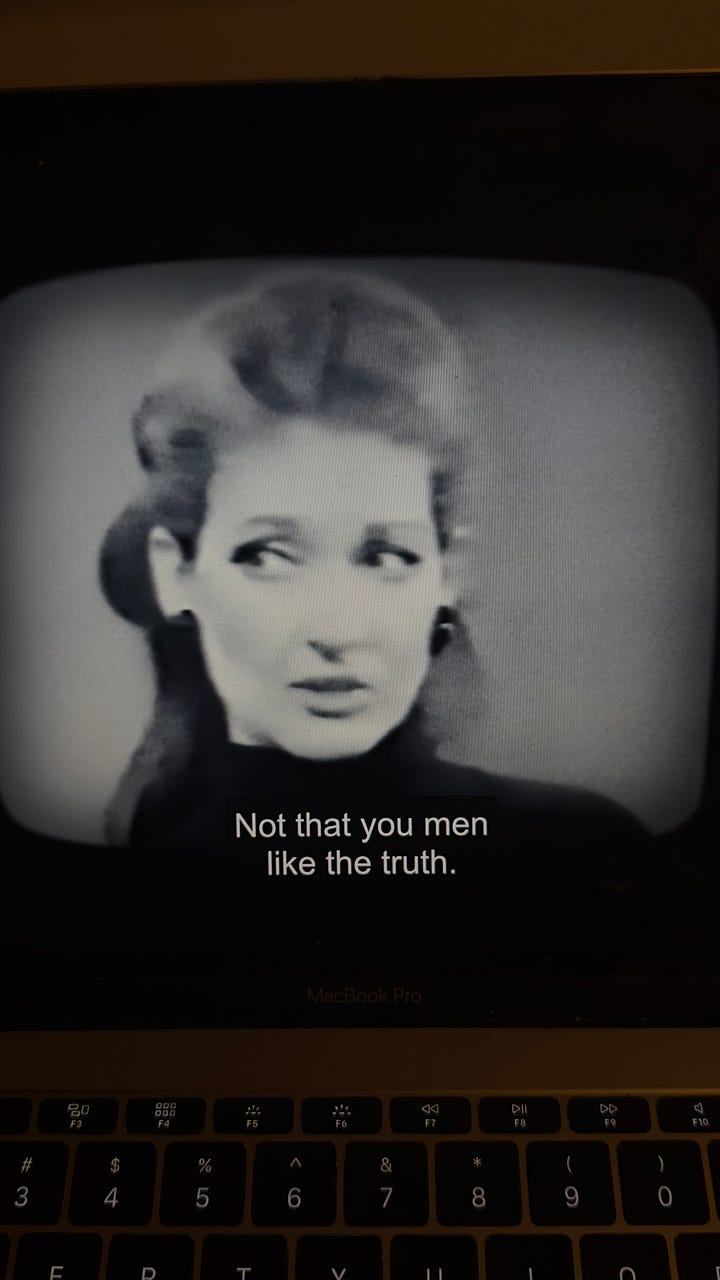
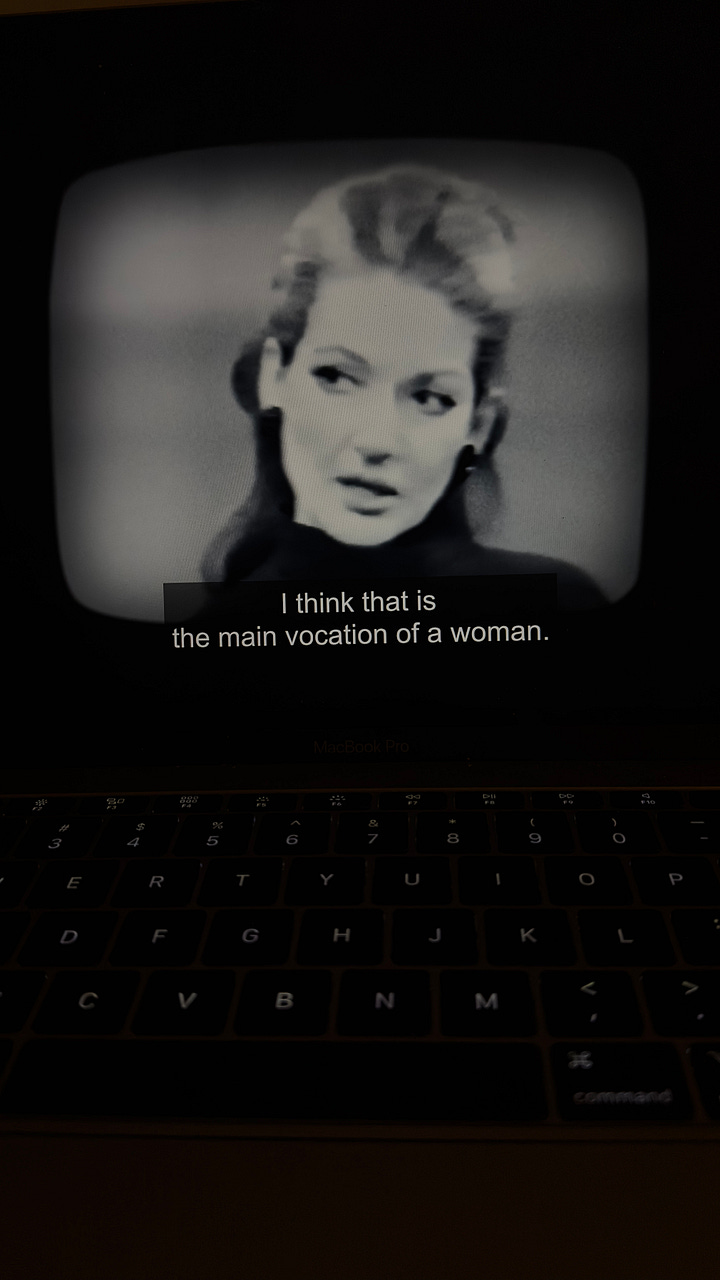
Shot In Film, Etched in Me
If you haven't yet experienced MARIA, prioritize it. Watch it, let it linger within you, and leave its mark. You won't be the same afterward.
Beyond the tears and poignant grace of its narrative lies a film that is nothing short of a technical and emotional masterpiece. It is a cinematic gem steeped in modern subtlety and a masterclass in restraint.
Angelina Jolie dedicated seven months to immersing herself in Callas's role, meticulously studying her posture, physicality, and essence. Remarkably, the operatic voice you hear isn't merely dubbed; it's a masterful blend of Callas's original recordings and Jolie's exquisite interpretation. She doesn't just act as Callas; she embodies her.
At this juncture in her career, Angie did not need to prove herself, which makes her performance all the more astonishing. The humility required to start anew, the discipline to master an entirely different craft, and the courage to carry the weight of a woman like Callas within her are nothing short of inspiring. The outcome? Flawless, precise, raw, understated, and unbearably human.
Shot entirely on 16mm film, MARIA is not just visually stunning; it evokes a sense of memory. Its grainy texture creates an intimate atmosphere, flickering between black and white and color like a heartbeat. This isn’t simply a film—it’s a mood, a reflection, a meditation.
For fans of classic cinema, MARIA is a masterclass in restraint. For everyone else, it serves as a poignant reminder that beauty does not wait for stillness; it finds us amidst the chaos. MARIA is rich, complex, and unapologetically feminine—a layered confection of womanhood you’ll want to devour whole. Or at the very least, proof that crying in public—gracefully, defiantly—isn’t a breakdown. It’s a breakthrough.
P.S.
A quote Maria Callas reportedly loved.
“That which is not slightly distorted lacks sensible appeal, from which it follows that irregularity – that is to say, the unexpected, surprise and astonishment – is an essential part and characteristic of beauty.”— Charles Baudelaire, Salon de 1859.


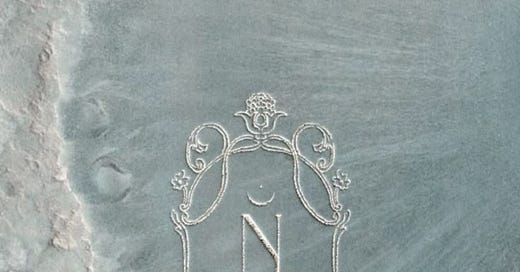


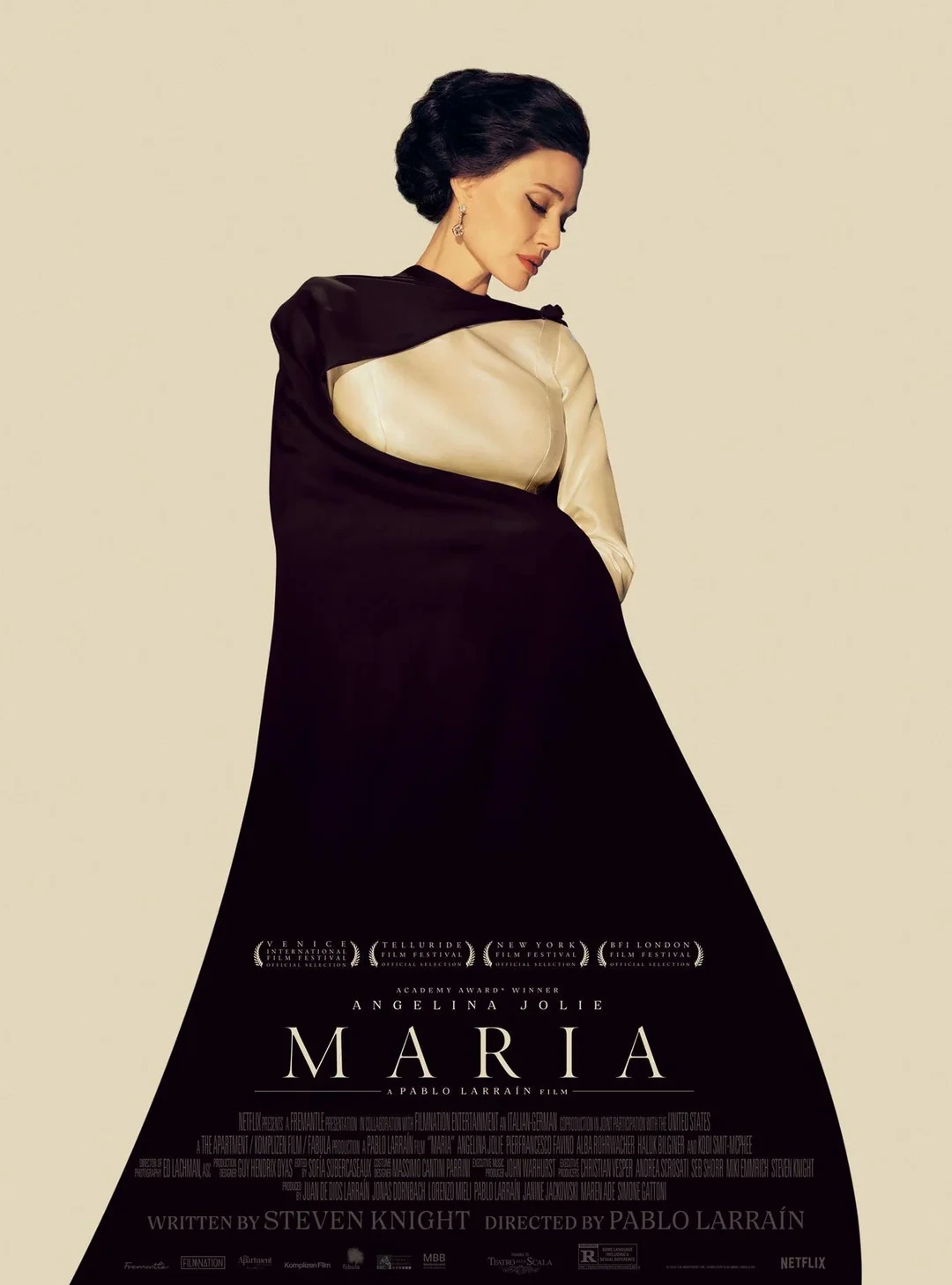
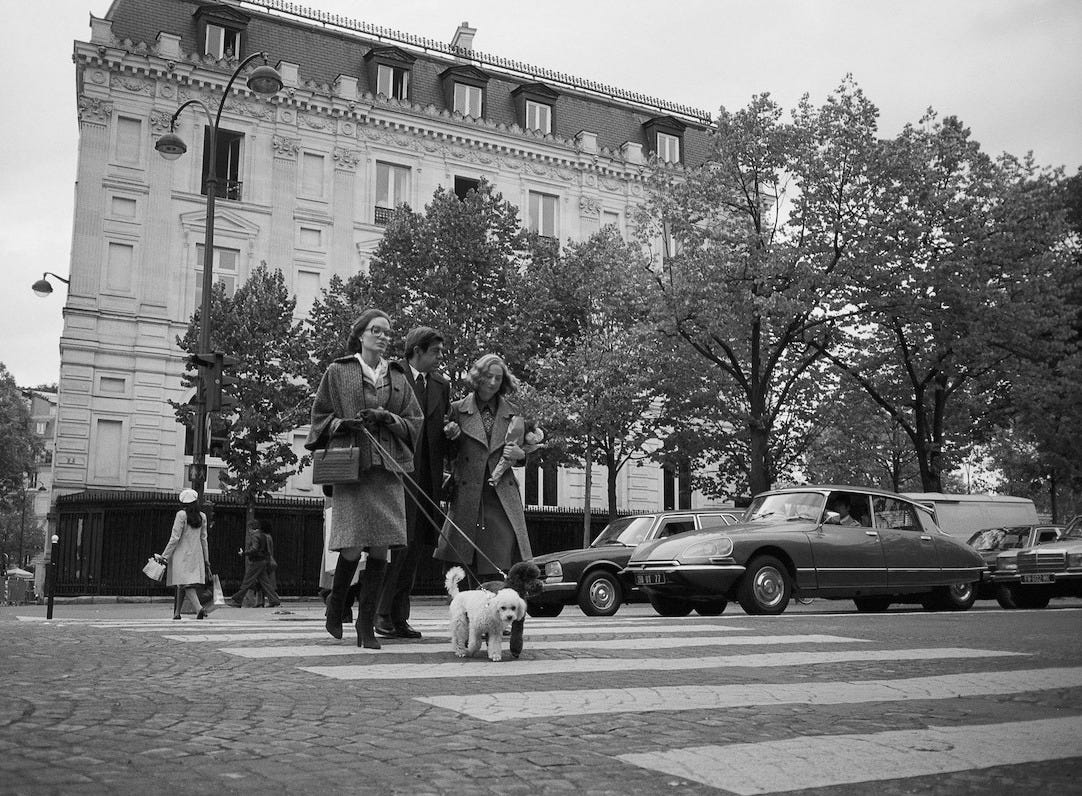
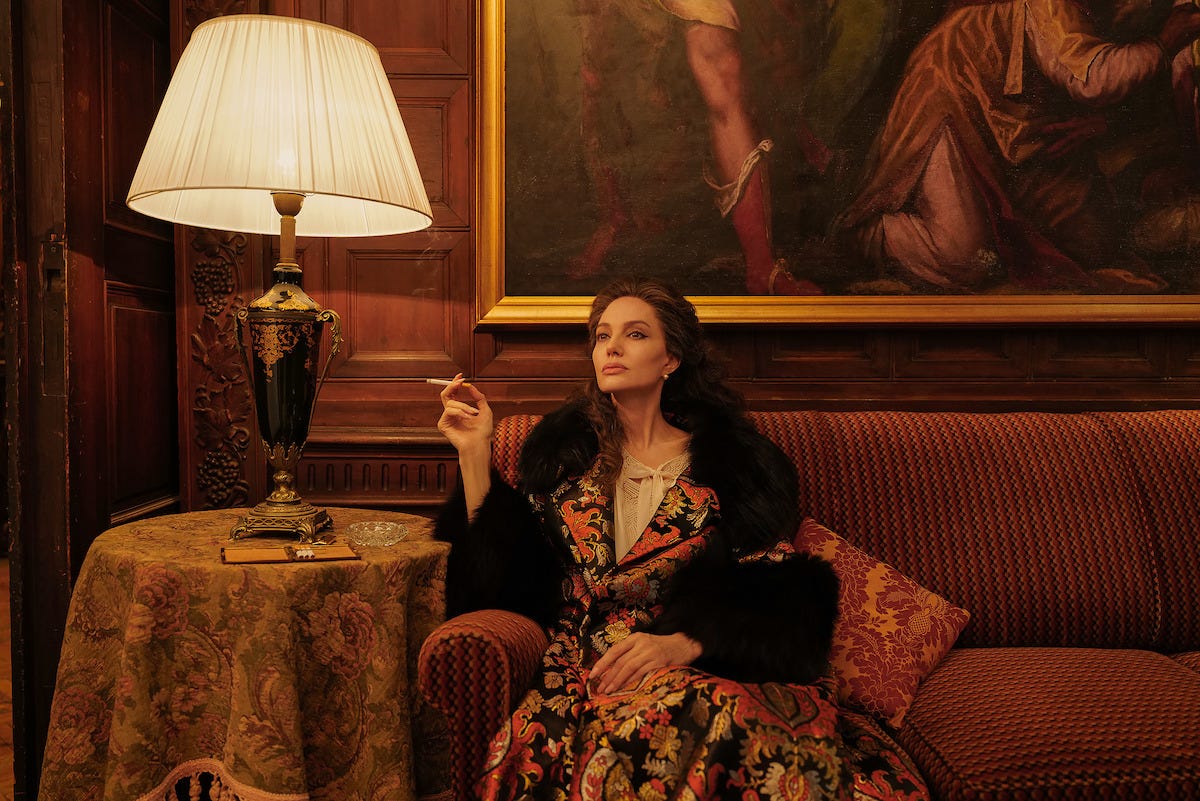
Oh my friend, what a delightful piece to read. You are such an elegant writer. I am just finally catching up with my favorite Substack read. When I read you, I like to dedicate a special time for it. Not rush it. I loved this, and now I have to watch the movie and the documentary.
Oh, what a beautifully written piece…to the very end.